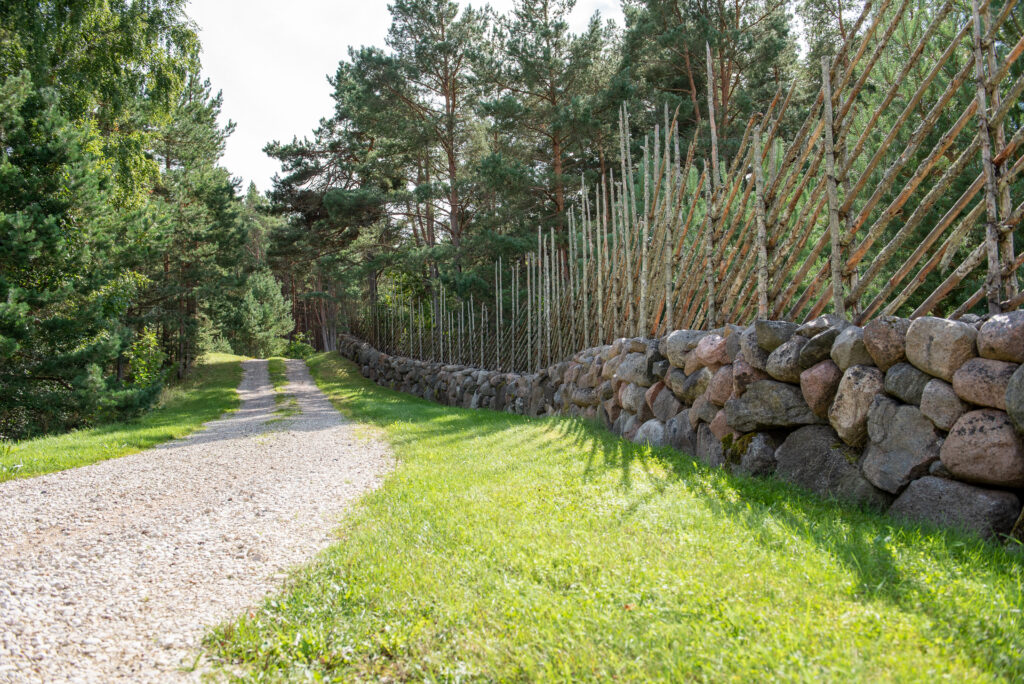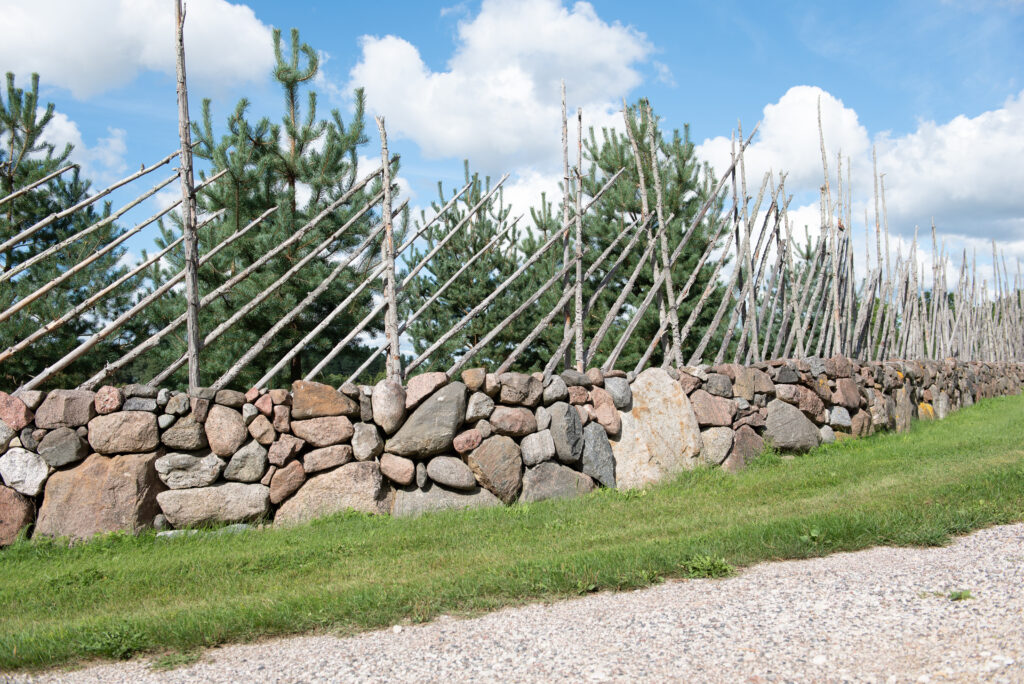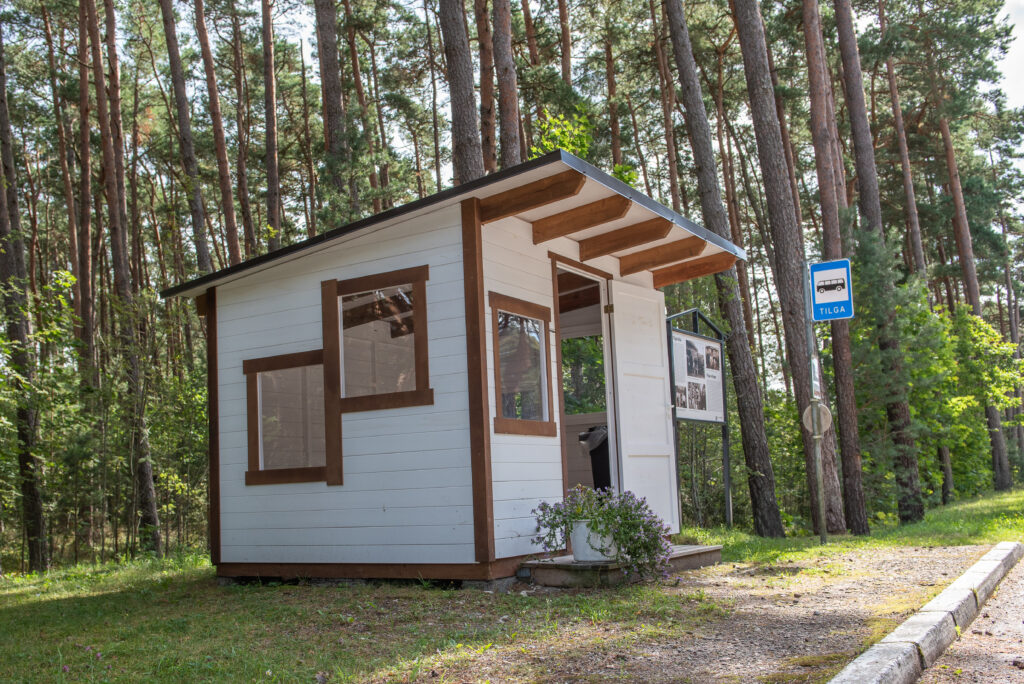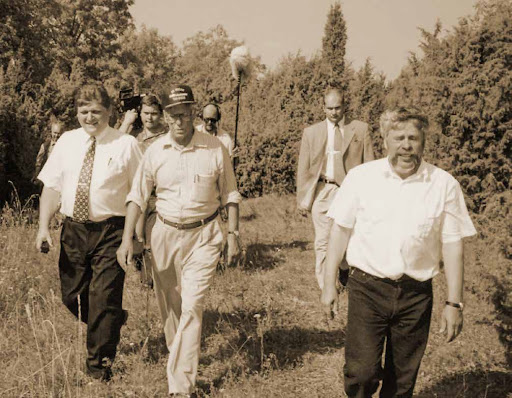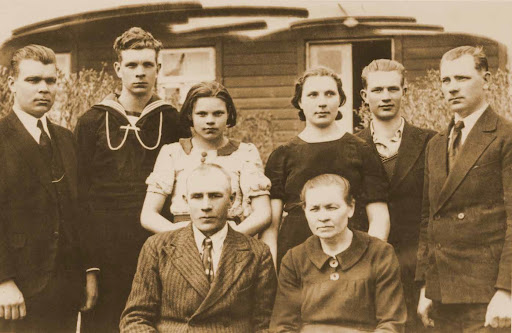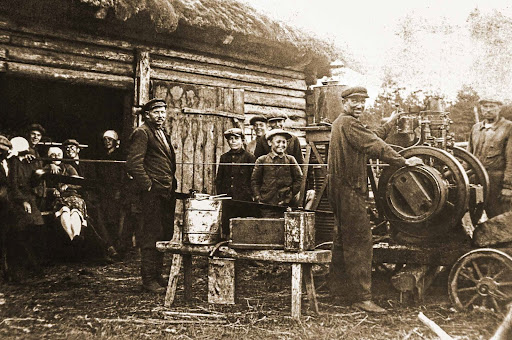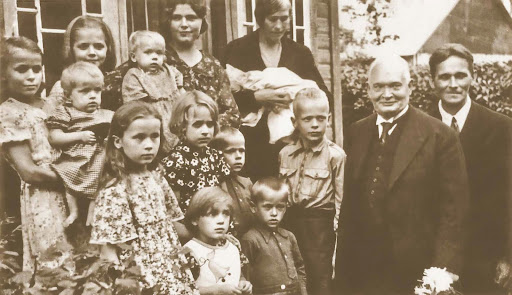Tilga village
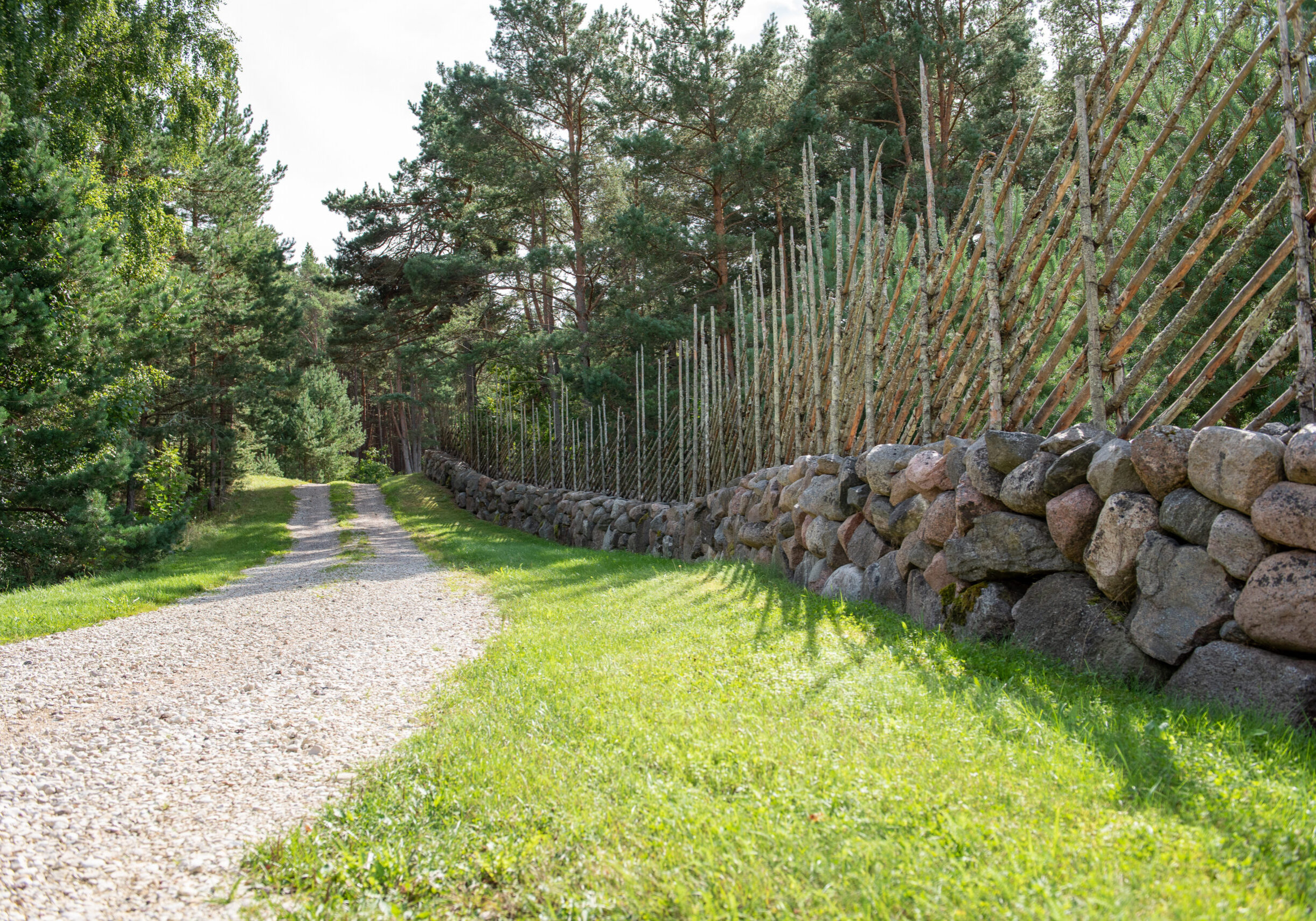
Tilga village was first mentioned in written records in 1576. It is believed that the name was derived from the old-time teasing nickname Tilknina (Drippy Nose) or from the Germanic male name Tyliken. The village has been drained of people several times but has received new inhabitants each time. For example, after Orjaku village was claimed by the manor in the 1830s, its inhabitants were partially resettled to Tilga village. During the Soviet era, Tilga was temporarily merged with Prassi village.
The Tilga pine forest has been a protected area since 1998 in order to safeguard the protected plant species growing in it as well as to promo- te its beautiful forest landscape. One of the best known people who come from this village is Evald Mänd (1908-2001, pen name Ain Kalmus), whose novel Salty Winds, published in 1942, and book The Lost Island, published in exile in 1972, made Hiiumaa as well as the life and environ- ment of the author’s birthplace familiar to many. Estonian historian and archivist Jakob Koit (1906–1988) and naturalist and photographer Tiit Leito (1949) were born at Tilga. Pastor Guido Reinvalla and his family lived here for several years; and so did biologist and nature populariser Fred Jüssi for some time. Tilga village was also the birthplace and home for Joosep and Maria Piil, whose family with many children was visited by Konstantin Päts, the first President of Estonia, during his official visit to Hiiumaa in 1938. In 1993, President Lennart Meri followed in his footsteps by coming to the lands of this farm and meeting with the representatives of the Piil family during his first official visit to the Hiiumaa island.
Gallery
It is a waypoint on the journey
You might also be interested in:

